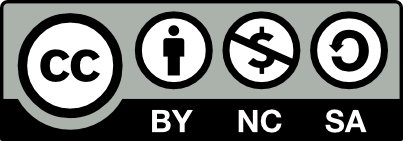Características limnológicas de una laguna turbia orgánica de la provincia de La Pampa y variación estacional del zooplancton
Palabras clave:
lagos someros, biomasa zooplanctónica, Boeckella poopoensisResumen
In La Pampa province, shallow lakes (water bodies of low depth, generally polimictic and with high trophic level) are abundant and broadly distributed. Although previous contributions on these shallow lakes are about their ecology and zooplankton, only recently studies have shed light about nutrient concentrations, chlorophyll a and their influence on the zooplankton biomass. It has also been determined that phosphorus and nitrogen concentrations are higher than other shallow lakes of similar characteristics from other regions. The objectives of this contribution are to perform a limnological characterization of an extensive shallow seepage lake with medium salinity and high trophic level of the east-central region of La Pampa province, strongly influenced by human activity. We also present information on the taxonomic composition and abundance and biomass variations of the zooplankton. We took monthly samples from December 2005 to December 2006. In the past, this lake was a temporary lake, but recently it receives water from sewage treatment plants of Santa Rosa city and its pluvial drainages. This lake has now an important tourist and recreational value related to its condition of permanent lake and the presence of silversides (Odontesthes bonariensis). The zooplankton specific richness (15 taxa) was lower than other organic turbid shallow lakes of La Pampa, but closer to the observed in other high salinity shallow lakes. Another common feature with shallow saline lakes of La Pampa was the prevalence, among the microcrustaceans, of the halophilic calanoid Boeckella poopoensis. Cladocerans, on the other hand, were rarely registered; they had very low abundances and they were small-sized, since they could not prosper related to the predatory pressure by the planktivorous fish that inhabit this lake.






















